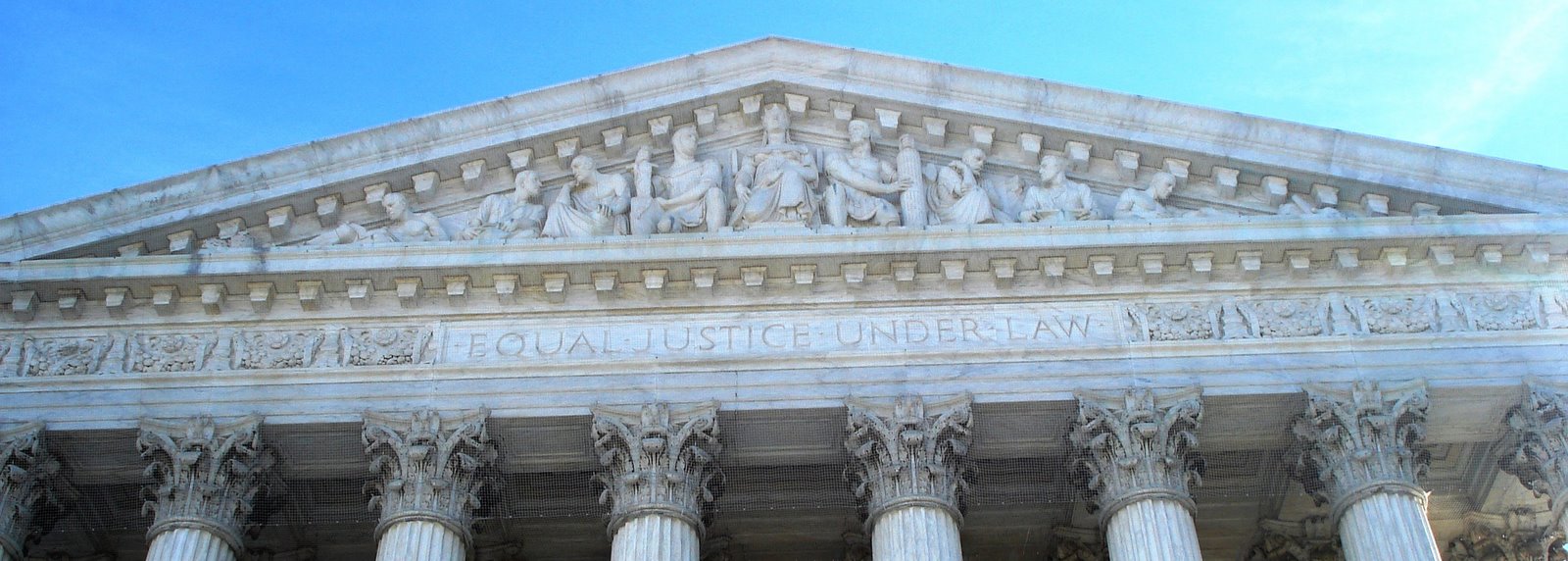The Philippine story: ‘Sick man of Asia’ now transforming, revitalized, dynamic
Health means being 'centered', according to Ayurveda. Like individuals, nations may also define their balance and good health as the collective movement towards the core values of society, and finding the essence, the positive center of their being.
DAVOS—President Benigno Aquino III has pitched to the international investor community the Philippine story of transformation from being a “sick man of Asia” into one dynamic country bucking a global economic downturn.
“What we offer you today is a Philippines where change has set in. That, perhaps, is the single most compelling reason to come in and invest in our country,” Aquino said in a roundtable meeting with global business executives at the World Economic Forum on Friday.
The President invited investors to participate in three rapidly growing sectors in the country—agriculture, tourism and infrastructure.
“Those who have already bet on the Philippines have not been disappointed; they have seen the sincerity of our commitment to restoring integrity and leveling the playing field.
“This is a commitment we intend to keep with all who want to conduct honest, fair business in the Philippines,” he said in the business forum organized by Credit Suisse.
Mr. Aquino told prospective investors he couldn’t promise a completely risk-free environment, noting that any worthwhile endeavor was not without its risks.
Nevertheless, he said the “sick man of Asia is now revitalized, more dynamic than it ever was in its history, marching toward equitable progress.”
Contrasting his administration from that of his predecessor’s, when he said decisions were based on political factors—mainly, on the desire to stay in power—he said the government was now earnestly refocusing efforts toward leveling the playing field, minimizing regulatory risks and investing in people.
He said the government was empowering the Filipino through health, education and conditional cash transfer programs that would aid their transition from being below subsistence living toward gainful employment.
“We already know that, given the right environment, the Filipino is able to thrive; how many of you have ridden cruise ships or stayed in hotels manned by Filipinos? How many have been awed by the creativity, loyalty and professionalism of our workers in the business process outsourcing industry?”
PH full of optimism
“In a world increasingly dominated by uncertainty and pessimism, is it not refreshing to witness a country full of optimism, experiencing positive, meaningful change and inviting everyone in to ride its momentum?”
The President again referred to his administration’s thrust of eliminating corruption as a means to drastically reduce poverty and open opportunities for both the Filipino people and business, thereby allowing the Philippines to achieve inclusive growth.
On efforts to level the playing field, the President said that when contracts are no longer awarded arbitrarily, and when the rule of law applies to all, a sense of justice and fairness naturally takes over. “Among investors, in particular, this instils confidence: That the Philippines is worth the price of admission,” he said.
In the first three quarters of 2012, the domestic economy has grown by an average of 6.5 percent, much faster than the 4.9-percent trend growth during the nine-year Macapagal-Arroyo administration. The stock market has trebled in the last four years to record highs.
“These are truly exciting times for our country. We are realizing the long-untapped potential of our country and we are here to invite you to join us,” he said.
3 priority areas
On the priority areas for investment, Mr. Aquino said tourism and agriculture were crucial because they play into the key strengths of our country—an abundance of natural resources—and because they tend to spur growth all over the archipelago, not merely in urbanized areas.
Since he came into office, he said the government had been working towards rice self-sufficiency by going back to the basics and helping our farmers through improved irrigation systems and a genuine certified seeds program.
“As we focus on the basic needs of our farmers, we have not lost sight of the value of innovation, and of moving up the value chain,” Aquino said.
“For example, coco coir and coco water used to be considered as waste. Today, they are the reasons behind the revitalization of our coconut industry,” he said.
In 2009, Aquino said the Philippines exported a total of 483,862 liters of cocowater.
By 2011, this has increased exponentially to more than 16.7 million liters of cocowater.
“Coco coir fiber, transformed into geotextile materials, has among others, been found effective in erosion control,” he said.
The Department of Publics Works and Highways (DPWH) is already using this technology in their projects, and investments into the coco coir industry reached P293.75 million pesos or around $7.34 million in 2012.
On tourism, the President mentioned the Department of Tourism’s “It’s More Fun in the Philippines” campaign and noted favorable tourism reviews from publications like Conde Nast Traveller, the New York Times, and Travel + Leisure Magazine.
In 2012, he said there were 4.3 million tourists that visited the country, a little short of the 4.6 million target which he said was a consequence of some political tension in the region, referring to the territorial dispute between the Philippines and China.
“In spite of this, though, China’s Oriental Morning Post named my country the ‘Best Tourist Destination’ in its annual World Travel – Special Trips awards, and the Shanghai Morning Post identified the Philippines as the “Most Romantic Destination” in the world—an award surely inspired by the magnificent sunsets over our numerous white sand beaches, or the pristine, secluded coves dotting our many islands,” he said.
The hotels that have been sprouting up around the Philippines in the past two years are proof positive of the tourism boom, Aquino said, noting that an additional 1,599 rooms have been built in Boracay. “So, whether you want to come to the Philippines for business or for leisure, we will gladly accommodate you,” he said.
Infrastructure
Infrastructure is also seen as a prority in attracting investments. The President acknowledged that this was the key to further growth and development in tourism and agriculture, among other sectors.
“For example, a lack of paved roads or even adequate transportation hubs redounds to longer traveling time: imagine how much the quality of produce will suffer in two to three days of road travel, or even the difficulty that tourists will have in reaching the more far-flung parts of my country,” he said.
Aquino cited the World Economic Forum’s Global Competitiveness Report which showed that the Philippines was lagging behind Southeast Asian neighbors in terms of quality infrastructure, including the quality of roads. “This presents an opportunity, because we are committed to closing this gap and increasing our competitiveness,” he said.
Last year, Aquino said disbursements for infrastructure reached $4.9 billion and another $5.7 billion is allotted for this in 2013.
“Part of this allotment will go to the complete paving of our national road network by 2016. Since 2010, our DPWH has already completed 28 percent, or 2,006 kilometers, of the 7,256 kilometers of national arterial and secondary roads that needed paving,” he said. PDI 26 Jan 13
National connectivity
The President added that the country was seeking to boost connectivity all around our country through the following: train systems in Metro Manila; expressways that cut across the National Capital Region and reduce travel time drastically; the construction improvement of both domestic and international airports, as well as the exploration of a new nautical highway that could cut travel time between Luzon to Mindanao, from three days to 15 hours.
“We are exploring opportunities for the private sector to join us in these endeavors, and we hope that you will consider partnering with us in the future, towards our mutual benefit,” Aquino said.
skip to main |
skip to sidebar



FILIPPIJNSE RECHTSHULP Philippine Legal Advice Information and Networking SOLUTIONS

PLAIN Solutions Advocate

- SUI GENERIS
- The Hague, Netherlands
- PB Payoyo LL.M., Ph.D. [Member, The Philippines-Netherlands Business Council, The Hague; Country Expert, Royal Tropical Institute, Intercultural Professionals (KIT IMC Bv), Amsterdam]